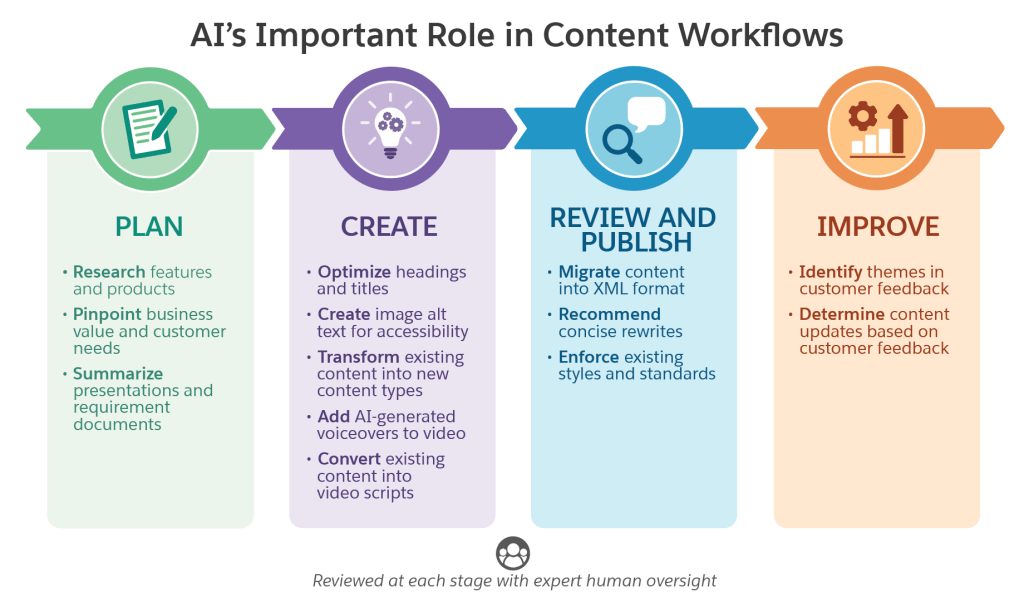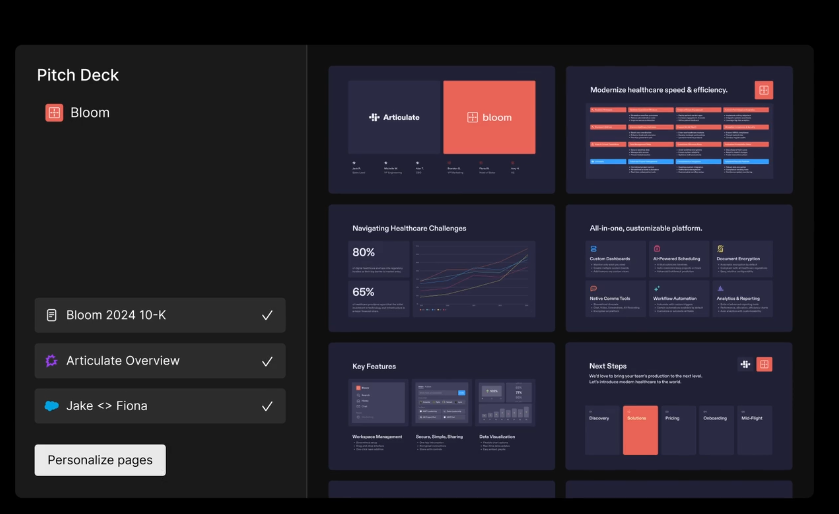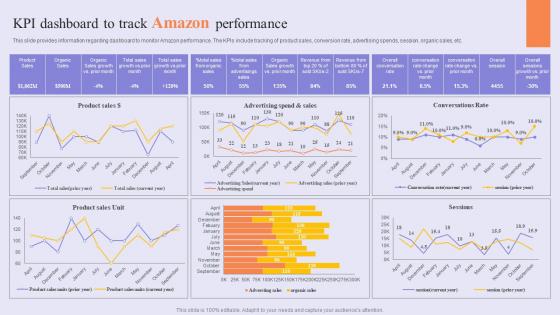How Google Document AI Transforms Document Processing
How Google Document AI Transforms Document Processing
Revolutionize your document workflows with AI-powered automation that delivers 99% accuracy and 85% faster processing times
You no longer need to spend hours manually sorting through documents or verifying data. Google Doc AI transforms document processing by using advanced AI to automate data extraction and streamline workflows. It minimizes human errors, achieving up to 99% accuracy in data extraction. Businesses have reported up to a 52% reduction in error rates and faster approvals, with document verification times cut by as much as 85%. These capabilities deliver useful insights, helping you make informed decisions quickly. With Google Doc AI, you can handle documents 10 times faster while maintaining exceptional reliability.
What is Google Document AI?
Overview of Google Document AI
Definition and Purpose
Google Document AI is an advanced artificial intelligence tool designed to simplify and enhance document processing. It leverages cutting-edge technologies like machine learning and natural language processing to extract, classify, and structure data from various document types. You can use it to automate repetitive tasks, reduce errors, and gain actionable insights from your data. Its primary purpose? To help businesses process documents faster and more accurately, enabling you to focus on strategic activities rather than manual data entry.
Key Features and Capabilities
Document AI offers powerful features that set it apart from traditional methods. It seamlessly integrates with Google technologies, allowing you to leverage tools like Google Cloud Storage for efficient workflows. Pre-trained models enable it to handle complex tasks like extracting data from invoices or contracts without extensive customization. You can also create custom document models tailored to your unique business needs. The standout "human in the loop" capability lets you review and refine results for maximum accuracy. These features make Document AI a versatile and reliable processor for handling diverse document types.

Why Google Document AI was Developed
Challenges in Traditional Document Processing
Traditional document processing methods often involve manual data entry, which can be time-consuming and prone to errors. Many organizations struggle with inefficiencies caused by overwhelming document influxes, leading to workflow bottlenecks. High implementation costs for intelligent solutions further deter businesses from adopting automation. Additionally, safeguarding sensitive information remains critical due to complex privacy regulations. The variability in document formats adds another layer of difficulty, as extracting accurate data from diverse sources can be inconsistent.
Traditional vs AI-Powered Processing
Compare the efficiency gains with AI-powered document processing:
The Need for AI-Driven Solutions
Google Document AI was developed to address these challenges by leveraging artificial intelligence. AI-driven approaches can automate up to 70% of document processing tasks, freeing up your staff to focus on higher-value activities. By using advanced technologies like natural language processing and optical character recognition, Document AI ensures accurate data extraction across various formats. It also prioritizes security, helping you comply with privacy regulations while protecting sensitive information. With its ability to streamline workflows and reduce costs, Document AI provides a scalable solution for businesses seeking to modernize their operations.
How Does Google Document AI Work?

Core Technologies Behind Google Document AI
Machine Learning and Natural Language Processing (NLP)
Google Document AI relies on advanced machine learning techniques to process and analyze documents. These techniques enable the system to identify patterns, extract relevant data, and classify information with high precision. Natural language processing (NLP) plays a critical role in understanding the context and meaning of text within documents. For example, NLP allows the system to differentiate between invoice numbers, dates, and customer names, even when they appear in varying formats. By incorporating human-in-the-loop (HITL) technology, the document AI processor ensures greater accuracy during model training.
Optical Character Recognition (OCR) and Data Extraction
Optical character recognition (OCR) is another essential component of Document AI. It converts scanned images or handwritten text into machine-readable data. This capability allows you to process a wide range of document types, including PDFs, receipts, and contracts. OCR works seamlessly with data extraction tools to pull specific information, such as totals from invoices or terms from legal agreements. The system's ability to handle multiple languages and formats further enhances its versatility.

The Document Processing Workflow
Here's how documents flow through the AI processing pipeline:
flowchart TD
A[Upload Documents] --> B[AI Analysis]
B --> C{Document Type?}
C -->|Invoice| D[Extract Financial Data]
C -->|Contract| E[Extract Legal Terms]
C -->|Receipt| F[Extract Transaction Info]
D --> G[Classification]
E --> G
F --> G
G --> H[Data Structuring]
H --> I[Quality Check]
I --> J{Accuracy OK?}
J -->|Yes| K[Export Results]
J -->|No| L[Human Review]
L --> I
classDef processStep fill:#FF8000,stroke:#333,stroke-width:2px,color:#fff
classDef decision fill:#42A5F5,stroke:#333,stroke-width:2px,color:#fff
class A,B,D,E,F,G,H,K,L processStep
class C,I,J decision
Uploading and Analyzing Documents
The workflow begins when you upload documents to the platform. You can use various formats, such as PDFs, images, or scanned files. Once uploaded, Document AI analyzes the content using its pre-trained models. These models identify key elements, such as text, tables, and images, and prepare the data for extraction. The cloud-based nature of the platform ensures that this process is both fast and secure.
Extracting, Classifying, and Structuring Data
After analysis, the system extracts relevant data based on your requirements. It classifies the information into categories, such as financial data or customer details, and structures it for easy access. This step eliminates the need for manual sorting and ensures consistent results. Businesses using Document AI report faster processing times and fewer errors, leading to improved efficiency.
Integration with Other Google Cloud Services
Compatibility with APIs and Cloud Storage
Document AI integrates seamlessly with Google Cloud services, offering compatibility with APIs and cloud storage solutions. This integration allows you to automate data entry and digitize paper documents effortlessly. The platform also supports various AI tools for organizing and understanding information, creating a streamlined ecosystem for document management. PageOn.ai can complement this by transforming your extracted data into compelling visual presentations.
Scalability for Enterprise Use
The scalability of Document AI makes it suitable for businesses of all sizes. Its ability to process large volumes of data ensures that even enterprises with extensive document workflows can benefit. The platform supports multiple languages and formats, making it versatile for global operations. Additionally, Google Cloud's secure infrastructure provides high-performance computing resources and robust data storage, ensuring reliability as your business grows.
Benefits and Drawbacks of Using Google Document AI
Key Benefits of Google Document AI
Automation of Repetitive Tasks
Google Document AI excels at automating repetitive tasks that would otherwise consume hours of manual effort. Tasks like data entry, sorting, and categorizing documents become effortless. Many companies report saving 30–40% of their time on automated tasks.
Reduction in Human Errors
Manual document processing often leads to errors. Document AI significantly reduces these mistakes by achieving accuracy rates of over 99%. Businesses using this technology have observed a 2.5x higher straight-through rate.
Faster Data Processing
With Document AI, you can process documents much faster than traditional methods. Automated systems analyze and extract data in just a few hours, compared to days with manual workflows.

Potential Drawbacks and Limitations
Dependence on Internet Connectivity
Since Google Document AI operates on a cloud-based platform, it requires a stable internet connection. If your connection is slow or unreliable, it may disrupt the document processing workflow. This dependence can pose challenges for businesses in areas with limited internet access.
Privacy and Security Considerations
Handling sensitive information through an AI platform raises concerns about data privacy and security. While Google Cloud provides robust security measures, you must ensure compliance with privacy regulations like GDPR or HIPAA. Proper configuration and monitoring are essential to safeguard your data and maintain trust with your clients.
Comparison with Traditional Document Processing Methods
Efficiency and Accuracy Improvements
Traditional document processing methods often involve manual labor, which is time-consuming and prone to errors. In contrast, Document AI achieves unparalleled efficiency and accuracy. Its ability to process large volumes of information quickly and with over 99% accuracy makes it a game-changer for industries like finance and insurance.
Cost-Effectiveness for Businesses
Adopting Document AI can lead to significant cost savings. Around 44% of companies report reduced business costs after implementing AI-powered document processing. By minimizing manual labor and streamlining operations, you can allocate resources more effectively and achieve better financial outcomes.
Step-by-Step Guide to Setting Up Google Document AI
Accessing Google Document AI
Step 1: Signing Up for Google Cloud Services
To start using Google Document AI, you first need to sign up for Google Cloud services. Visit the Google Cloud website and create an account if you don't already have one. You'll need to provide basic information, such as your email address and payment details, to activate your account. Google offers a free trial with credits, so you can explore the platform without immediate costs.

Step 2: Navigating to the Document AI Platform
After setting up your Google Cloud account, navigate to the Document AI platform. Log in to the Google Cloud Console and search for "Document AI" in the search bar. Select the service from the results to open its dashboard. Here, you'll find options to manage your projects, configure settings, and access pre-trained models.
Setup Process Flow
Follow this step-by-step process to get started:
flowchart LR
A[Create Google Cloud Account] --> B[Access Cloud Console]
B --> C[Search Document AI]
C --> D[Enable API]
D --> E[Configure Project]
E --> F[Upload Documents]
F --> G[Select Model]
G --> H[Process Documents]
H --> I[Export Results]
classDef startEnd fill:#66BB6A,stroke:#333,stroke-width:2px,color:#fff
classDef process fill:#FF8000,stroke:#333,stroke-width:2px,color:#fff
class A,I startEnd
class B,C,D,E,F,G,H process
Configuring Document Processing
Uploading Documents for Analysis
Once you're on the Document AI platform, you can begin uploading documents for analysis. Click on the "Upload" button and select the files you want to process. The platform supports various formats, including PDFs, images, and scanned files. After uploading, the system automatically analyzes the content using its advanced AI models.

Customizing Data Extraction Settings
To tailor the analysis to your needs, customize the data extraction settings. You can specify the type of information you want to extract, such as names, dates, or financial details. The platform also allows you to create custom models for unique document types. Adjusting these settings ensures that the extracted data aligns with your business requirements.
Reviewing and Exporting Results
Verifying Extracted Data
After the system processes your documents, review the extracted data for accuracy. The platform provides a detailed view of the results, allowing you to verify key information. If needed, you can make manual adjustments to ensure the data meets your standards.
Exporting Structured Data to Desired Formats
Once you've verified the data, export it to your preferred format. The platform supports various options, including CSV, JSON, and Excel files. Choose the format that best suits your workflow and save the data to your local system or cloud storage. This flexibility makes it easy to integrate the processed data into your existing systems.
Introducing PageOn.ai: A Complementary Tool for AI-Driven Presentations
What is PageOn.ai?
Overview of Its AI-Powered Features
PageOn.ai is an innovative platform designed to simplify the creation of presentations. It uses advanced AI to transform your ideas, documents, or URLs into visually appealing and structured slides. The platform combines intelligent search, storytelling, and editing tools to help you craft professional presentations in minutes. Whether you need to summarize reports or present insights, PageOn.ai ensures your content is engaging and easy to understand.
How It Complements Document Processing
PageOn.ai works seamlessly with tools like Document AI to enhance your workflow. After extracting and structuring data from documents, you can use PageOn.ai to present the information effectively. This integration allows you to turn raw data into compelling visuals and narratives. By combining these tools, you can save time and improve the clarity of your communication. PageOn.ai's **AI Blocks** feature allows for the creation of modular diagrams, breaking down complexity into understandable visual segments.

Key Features and Advantages of PageOn.ai
Comprehensive Internet Search
PageOn.ai includes a powerful search feature that gathers relevant information from the internet. This capability helps you enrich your presentations with accurate and up-to-date data.
AI-Driven Storytelling
The platform excels at creating narratives that align with your goals. Its AI analyzes your input and generates scripts that guide your presentation with clear, impactful messaging.
Intuitive Editing Tools
PageOn.ai offers user-friendly editing tools that let you customize your slides. Adjust layouts, add visuals, and refine content with ease using dynamic templates.
Step-by-Step Guide to Using PageOn.ai
1. Accessing the PageOn.ai Platform
To start, visit the PageOn.ai website and create an account. Once logged in, you'll gain access to the platform's features. The interface is intuitive, making it easy for you to navigate and begin creating presentations.
2. Inputting Ideas, Documents, or URLs
You can input your ideas, upload documents, or paste URLs into the platform. PageOn.ai analyzes the content and extracts key points. This step ensures your presentation focuses on the most important information.
3. Reviewing and Customizing AI-Generated Presentations
After the platform generates a draft, review the slides for accuracy and relevance. You can edit the content, adjust the design, and add personal touches. This process ensures your presentation aligns with your vision.
4. Saving and Sharing Presentations with Teams
Once finalized, save your presentation in your preferred format. You can share it directly with your team or export it for use in meetings. This feature makes collaboration and distribution seamless.

Real-World Use Cases of Google Document AI

Industry Applications
Financial Services: Automating Invoice and Receipt Processing
In financial services, managing invoices and receipts can be overwhelming. You often deal with large volumes of documents that require accurate data extraction. Google Document AI simplifies this process by automating the classification and extraction of key details like invoice numbers, payment amounts, and due dates. This automation reduces manual effort and ensures consistency. For example, you can process hundreds of invoices in minutes, freeing up time for more strategic financial analysis.
Healthcare: Extracting Data from Medical Records
Healthcare providers handle sensitive patient information stored in various formats, such as handwritten notes or scanned medical records. Document AI enables you to extract and organize this data efficiently. It identifies critical details like patient names, diagnoses, and treatment plans, ensuring quick access to accurate information. This capability improves patient care by reducing the time spent searching for records.
Legal: Streamlining Contract Analysis
Legal professionals often face the challenge of reviewing lengthy contracts and identifying key clauses. Document AI accelerates this process by extracting relevant information, such as terms, conditions, and deadlines. You can use it to classify contracts based on their type or purpose, making it easier to manage legal documents. This tool not only saves time but also reduces the risk of overlooking critical details.
Success Stories and ROI Improvements
Measurable outcomes achieved by companies using Document AI:
Success Stories
Companies That Have Transformed Workflows
Many businesses have revolutionized their operations by adopting Google Document AI. For instance, a global logistics company used it to process shipping documents, reducing manual data entry by 80%. A financial institution implemented the tool to automate loan application reviews, cutting processing times from days to hours. These examples highlight how Document AI can adapt to various industries, delivering tangible benefits.

Measurable Outcomes and ROI Improvements
The impact of Document AI extends beyond efficiency gains. Businesses report significant returns on investment due to reduced labor costs and faster workflows. Automating document classification and data extraction minimizes errors, leading to more reliable outcomes. For example, organizations have achieved up to a 70% reduction in processing times, enabling quicker decision-making. These measurable improvements demonstrate how Document AI transforms workflows, allowing you to focus on value-added activities that drive success.
Transform Your Document Workflows Today
Google Document AI revolutionizes how you process documents. Its advanced AI technologies automate workflows, reduce errors, and deliver actionable insights. By using this tool, you can save time and focus on strategic tasks. Tools like PageOn.ai enhance this experience by turning extracted data into impactful presentations. Together, these solutions help you visualize insights and make informed decisions faster.
Using PageOn.ai's visualization tools, you can transform complex data relationships into clear, interactive charts and presentations that communicate your insights effectively to any audience.
You Might Also Like
Advanced Image Masking Techniques for Creative Slide Design | PageOn.ai
Discover advanced image masking techniques to transform ordinary presentation slides into visual masterpieces. Learn creative approaches for PowerPoint, Google Slides, and Keynote.
The Strategic GIF Guide: Creating Memorable Moments in Professional Presentations
Discover how to effectively use GIFs in professional presentations to create visual impact, enhance audience engagement, and communicate complex concepts more memorably.
Transforming Presentations: Strategic Use of Color and Imagery for Maximum Visual Impact
Discover how to leverage colors and images in your slides to create visually stunning presentations that engage audiences and enhance information retention.
Print vs Digital Design: Navigating Today's Hybrid Market Landscape
Explore the evolving relationship between print and digital design disciplines, with insights on market trends, strategic applications, and essential skills for cross-disciplinary designers.
